Home>Gardening & Outdoor>Garden Tools & Equipment>How Long To Charge A Lawnmower Battery
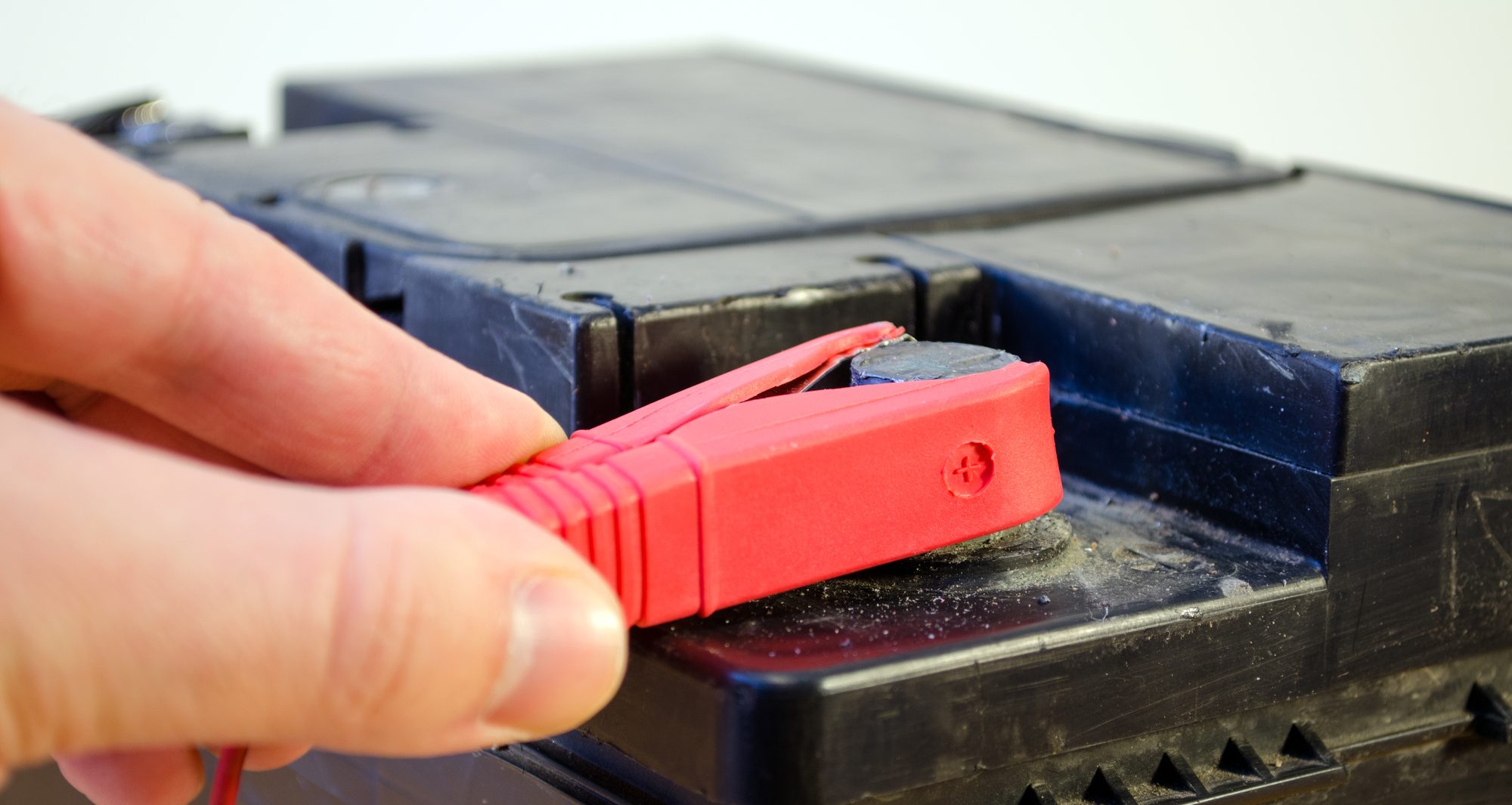

Garden Tools & Equipment
How Long To Charge A Lawnmower Battery
Modified: January 21, 2024
Learn how long it takes to charge a lawnmower battery and keep your garden tools and equipment ready for use. Get tips for efficient charging.
(Many of the links in this article redirect to a specific reviewed product. Your purchase of these products through affiliate links helps to generate commission for Storables.com, at no extra cost. Learn more)
Introduction
When it comes to maintaining a lush, well-manicured lawn, a reliable lawnmower is an indispensable tool. However, a key component that often goes unnoticed is the lawnmower battery. Without a properly charged battery, your lawnmower may struggle to start, leaving your yard in disarray. Understanding the nuances of charging a lawnmower battery is essential for ensuring that your trusty mower is always ready to tackle the task at hand.
Charging a lawnmower battery may seem straightforward, but several factors come into play, influencing the time required for a full charge. From the type of battery to its current state of depletion, each aspect can impact the charging process. By delving into these elements, you can gain valuable insights into optimizing the charging time and maintaining the longevity of your lawnmower battery.
In this comprehensive guide, we will explore the factors that affect the charging time of a lawnmower battery, the various types of batteries commonly used in lawnmowers, and the corresponding charging durations for each type. Additionally, we will provide practical tips for efficient charging, ensuring that you can make the most of your lawnmower's battery life. By the end of this journey, you will be equipped with the knowledge and strategies to keep your lawnmower battery in prime condition, ready to power through each mowing session with ease.
Key Takeaways:
- Efficiently charging your lawnmower battery is crucial for reliable performance. Factors like battery capacity, charger output, and battery chemistry impact charging time.
- Different battery types require tailored charging approaches. Lead-acid, lithium-ion, and nickel-cadmium batteries have varying charging durations and specific maintenance needs.
Read more: How To Charge A Lawnmower Battery
Factors Affecting Charging Time
Several crucial factors play a significant role in determining the charging time required for a lawnmower battery. Understanding these elements is essential for optimizing the charging process and ensuring that your lawnmower is always ready for action.
- Battery Capacity: The capacity of the lawnmower battery, typically measured in ampere-hours (Ah), directly influences the charging time. A higher capacity battery will require a longer charging duration to reach full capacity compared to a lower capacity one.
- State of Discharge: The extent to which the battery is discharged affects the charging time. A deeply discharged battery will naturally require more time to reach a full charge compared to a partially discharged one.
- Charger Output: The output rating of the charger, often measured in amperes, impacts the charging time. A higher output charger can replenish the battery at a faster rate, reducing the overall charging duration.
- Battery Age and Condition: The age and overall condition of the battery can influence its charging efficiency. As a battery ages, its ability to hold a charge may diminish, potentially prolonging the charging time.
- Temperature: The ambient temperature during the charging process can impact the battery’s charging efficiency. Extreme temperatures, whether excessively hot or cold, can affect the battery’s ability to accept a charge effectively.
- Battery Chemistry: Different types of batteries, such as lead-acid, lithium-ion, or nickel-cadmium, have varying charging characteristics. Understanding the specific requirements of your lawnmower battery’s chemistry is crucial for optimizing the charging process.
By taking these factors into account, you can gauge the approximate charging time required for your lawnmower battery and implement strategies to streamline the charging process. Additionally, being mindful of these elements enables you to identify any potential issues that may hinder the battery’s charging efficiency, allowing for timely intervention and maintenance.
Types of Lawnmower Batteries
When it comes to lawnmower batteries, various types are commonly employed, each with its unique characteristics and charging requirements. Understanding the distinctions between these battery types is essential for determining the optimal charging approach and maximizing the battery’s longevity.
Lead-Acid Batteries: These traditional batteries are widely used in lawnmowers and are known for their robustness and affordability. Lead-acid batteries come in two primary variants: flooded lead-acid (FLA) and valve-regulated lead-acid (VRLA). FLA batteries require periodic maintenance, including topping up with distilled water, while VRLA batteries are maintenance-free and sealed to prevent electrolyte leakage.
Lithium-Ion Batteries: With their lightweight and high energy density, lithium-ion batteries have gained popularity in various applications, including lawnmowers. These batteries offer a longer lifespan and faster charging capabilities compared to lead-acid batteries. However, they require specialized charging equipment to ensure safe and efficient recharging.
Nickel-Cadmium (Ni-Cd) Batteries: While less common in modern lawnmowers, nickel-cadmium batteries are known for their durability and ability to withstand extreme temperatures. However, they are being gradually replaced by more advanced battery technologies due to concerns regarding cadmium’s environmental impact.
Each type of lawnmower battery has specific charging requirements and characteristics that directly influence the charging time. By identifying the type of battery installed in your lawnmower, you can tailor the charging process to suit its unique specifications, ensuring optimal performance and longevity.
It’s best to charge a lawnmower battery for 8-12 hours, or as recommended by the manufacturer, to ensure a full and proper charge. Avoid overcharging to prevent damage to the battery.
Charging Time for Different Types of Lawnmower Batteries
Understanding the charging time required for different types of lawnmower batteries is essential for effectively managing the recharging process and ensuring that your mower is always ready for use. The charging durations can vary significantly based on the battery chemistry and capacity, requiring tailored approaches to optimize the charging efficiency.
Lead-Acid Batteries: The charging time for lead-acid lawnmower batteries is influenced by factors such as the battery’s capacity, the state of discharge, and the charger’s output. On average, a fully discharged lead-acid battery may require approximately 8 to 12 hours to reach a full charge with a standard charger. However, it’s important to consult the manufacturer’s recommendations and specifications for precise charging durations based on the specific battery model.
Lithium-Ion Batteries: Lithium-ion lawnmower batteries are known for their relatively faster charging capabilities compared to lead-acid batteries. Depending on the battery’s capacity and the charger’s output, a lithium-ion battery can reach a full charge in approximately 2 to 4 hours. It’s crucial to use a charger specifically designed for lithium-ion batteries to ensure safe and efficient charging without compromising the battery’s performance and lifespan.
Nickel-Cadmium (Ni-Cd) Batteries: While less prevalent in modern lawnmowers, nickel-cadmium batteries have specific charging requirements. The charging time for Ni-Cd lawnmower batteries can range from 6 to 10 hours, depending on the battery’s capacity and the charger’s output. It’s important to adhere to the manufacturer’s guidelines to prevent overcharging, which can negatively impact the battery’s longevity.
These estimated charging times serve as general benchmarks and may vary based on specific battery models, environmental conditions, and charger specifications. By considering the unique charging characteristics of each battery type, you can tailor the charging process to optimize efficiency and ensure that your lawnmower battery remains in peak condition for reliable performance.
Tips for Efficient Charging
Optimizing the charging process for your lawnmower battery is crucial for maintaining its performance and prolonging its lifespan. By implementing the following tips, you can ensure efficient and effective charging, allowing your lawnmower battery to consistently deliver reliable power for your lawn maintenance needs.
- Use the Right Charger: Select a charger specifically designed for the type of battery in your lawnmower. Using an incompatible charger can compromise the battery’s performance and safety.
- Maintain Proper Ventilation: When charging the battery, ensure that the charging area is well-ventilated to dissipate any heat generated during the charging process, especially for lead-acid batteries.
- Monitor Charging Progress: Periodically check the charging progress to ensure that the battery is charging effectively and without any issues. Modern smart chargers often provide indicators for monitoring the charging status.
- Avoid Overcharging: Overcharging can degrade the battery’s performance and lifespan. Follow the manufacturer’s recommended charging durations to prevent overcharging the battery.
- Charge at the Right Temperature: Aim to charge the battery within the recommended temperature range specified by the manufacturer. Extreme temperatures can affect the battery’s charging efficiency and overall health.
- Maintain Clean Battery Terminals: Keep the battery terminals clean and free from corrosion to ensure optimal electrical conductivity during the charging process.
- Store the Battery Properly: If the lawnmower is not in use for an extended period, consider removing the battery and storing it in a cool, dry place at a partial state of charge to prevent self-discharge.
- Follow Manufacturer’s Guidelines: Adhere to the specific charging recommendations provided by the battery and lawnmower manufacturer to maximize the battery’s performance and longevity.
By incorporating these tips into your lawnmower battery charging routine, you can maintain the battery’s health and optimize its charging efficiency, ensuring that it remains a reliable power source for your lawnmower’s operation. Additionally, proactive maintenance and adherence to best practices can contribute to prolonged battery life and consistent performance, ultimately enhancing your overall lawn care experience.
Read more: How Long Should A Lawnmower Battery Last
Conclusion
Efficiently charging your lawnmower battery is a fundamental aspect of ensuring that your lawnmower is always primed for action when it’s time to tackle your yard maintenance tasks. By considering the various factors that influence charging time, understanding the distinctions between different types of lawnmower batteries, and implementing strategies for efficient charging, you can maintain your lawnmower battery in optimal condition, ready to power through each mowing session with ease.
Whether you’re dealing with a lead-acid, lithium-ion, or nickel-cadmium battery, tailoring the charging process to suit the unique characteristics of your specific battery type is essential for maximizing its performance and lifespan. By using the right charger, monitoring the charging progress, and adhering to manufacturer’s guidelines, you can ensure that your lawnmower battery remains a reliable power source for the long term.
As you navigate the intricacies of lawnmower battery charging, remember to prioritize safety and proper maintenance practices. Avoid overcharging, maintain clean battery terminals, and store the battery appropriately when not in use to preserve its health and performance. By integrating these best practices into your routine, you can enjoy the convenience of a consistently reliable lawnmower, ready to keep your lawn in pristine condition.
Ultimately, by delving into the nuances of lawnmower battery charging, you empower yourself to optimize the efficiency and longevity of this vital component, enhancing your overall lawn care experience. With a well-maintained and efficiently charged lawnmower battery at the helm, you can approach your yard maintenance tasks with confidence, knowing that your trusty lawnmower is always prepared to rise to the occasion.
So, embrace the knowledge and strategies outlined in this guide, and embark on your lawn care journey equipped with the insights to keep your lawnmower battery in prime condition, ready to power through each mowing session with ease.
Frequently Asked Questions about How Long To Charge A Lawnmower Battery
Was this page helpful?
At Storables.com, we guarantee accurate and reliable information. Our content, validated by Expert Board Contributors, is crafted following stringent Editorial Policies. We're committed to providing you with well-researched, expert-backed insights for all your informational needs.


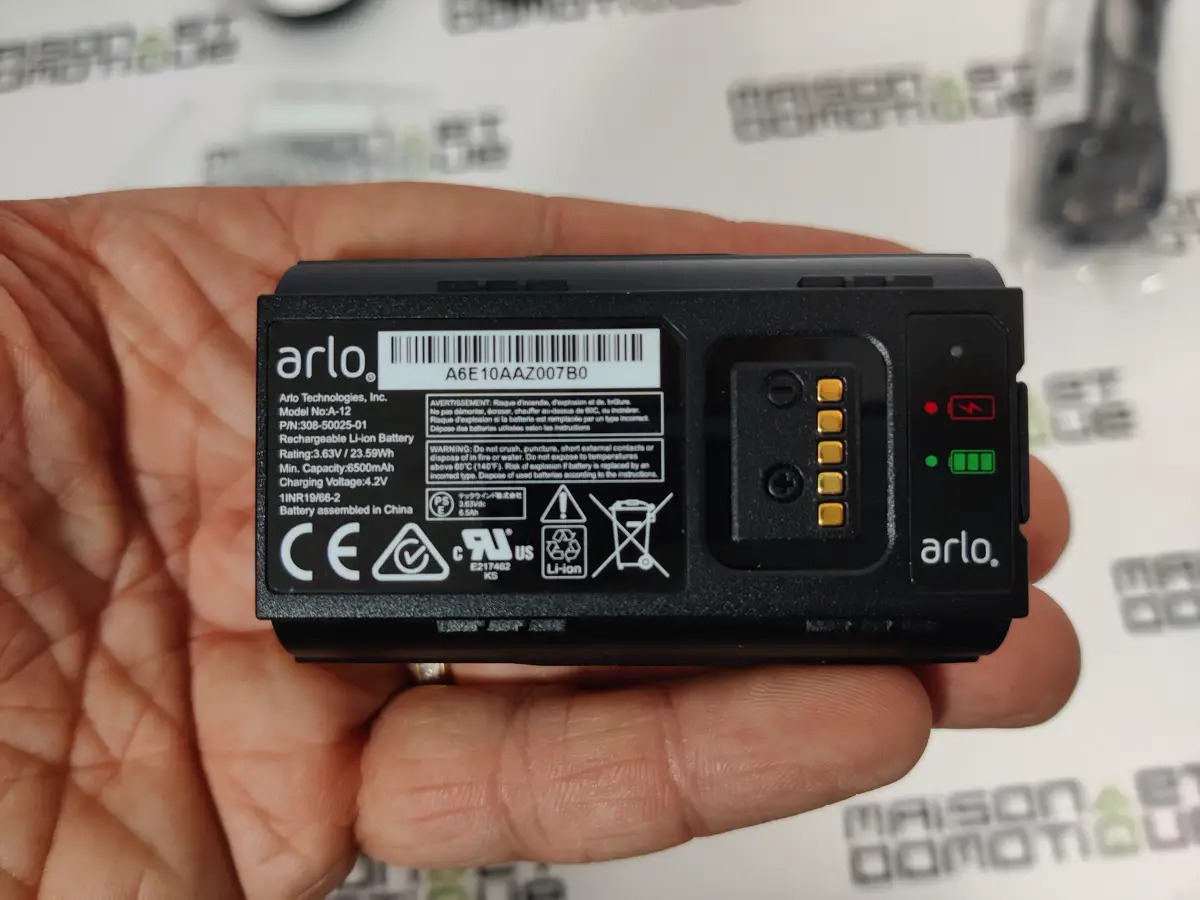

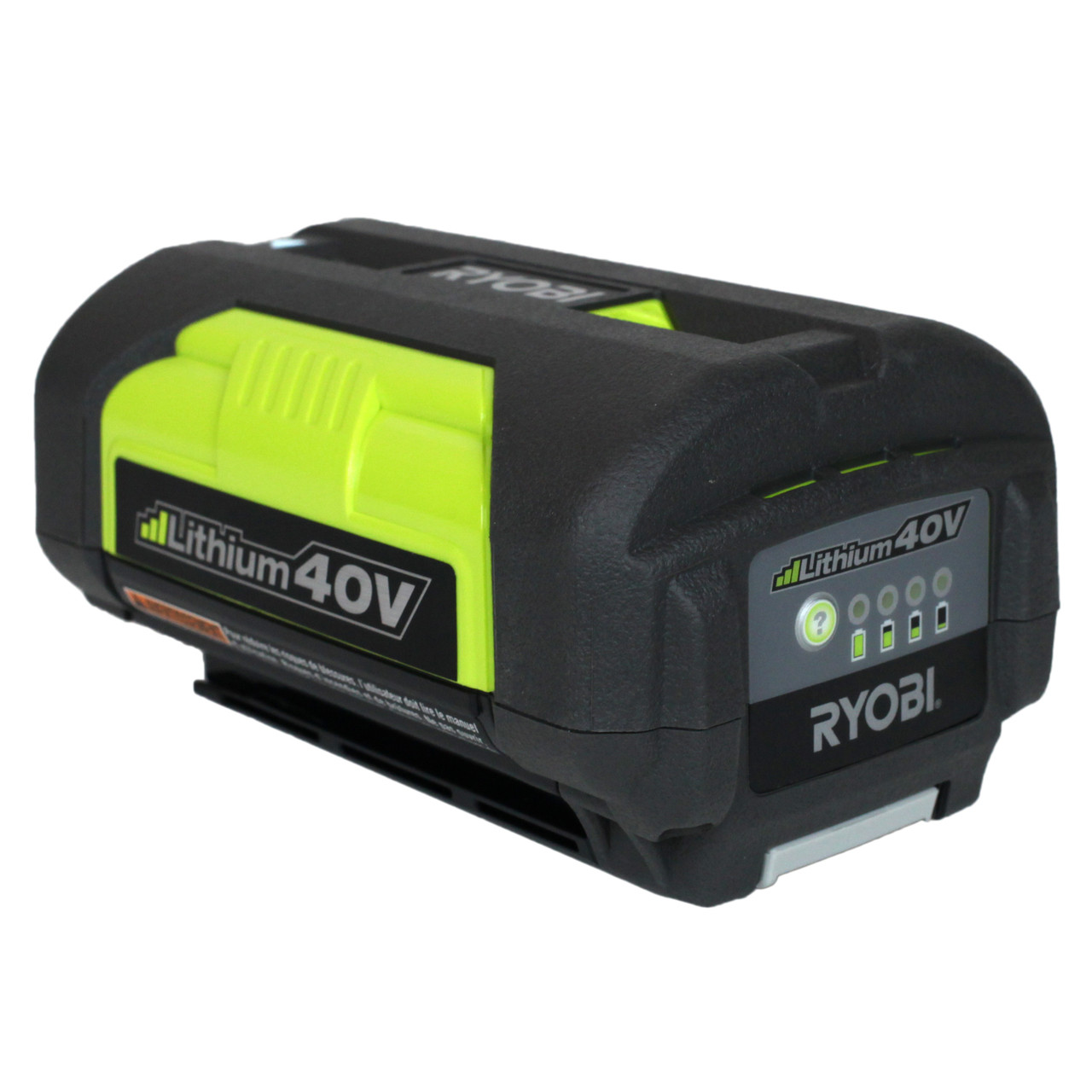

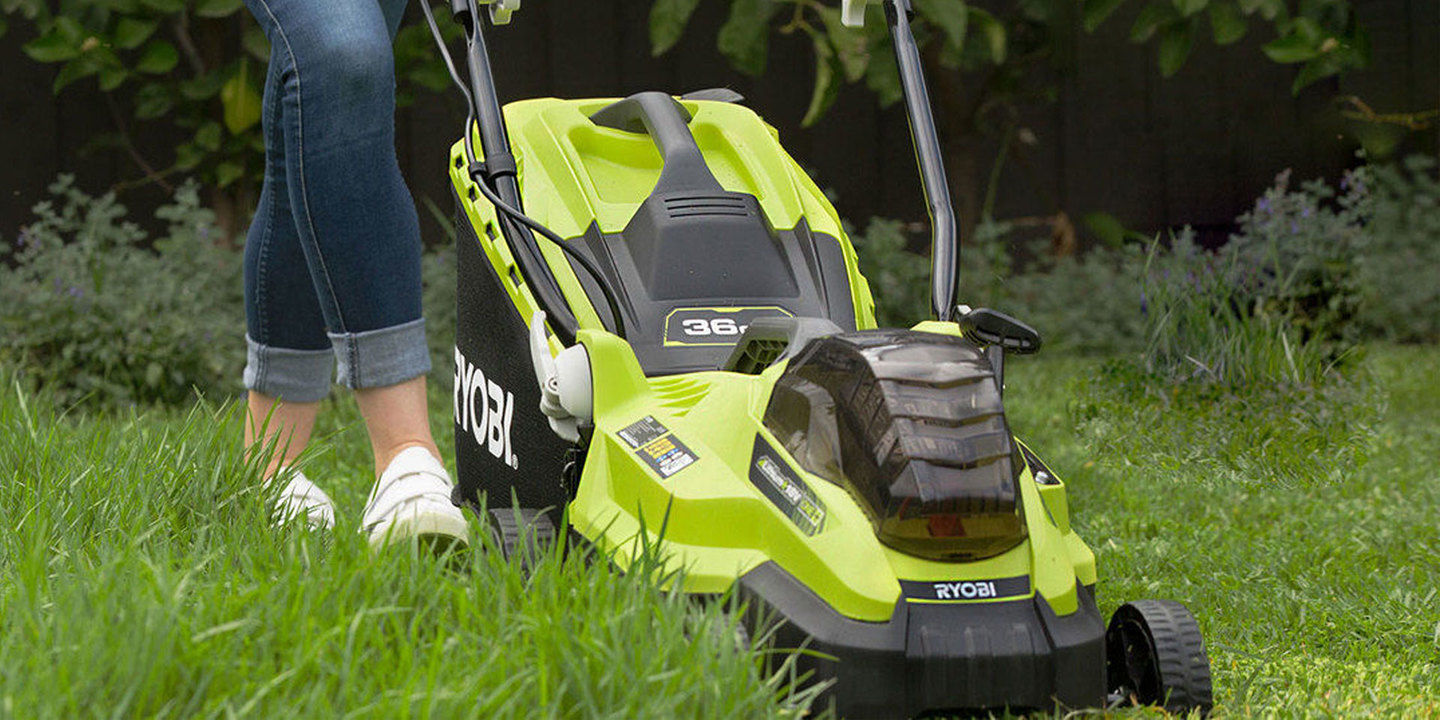
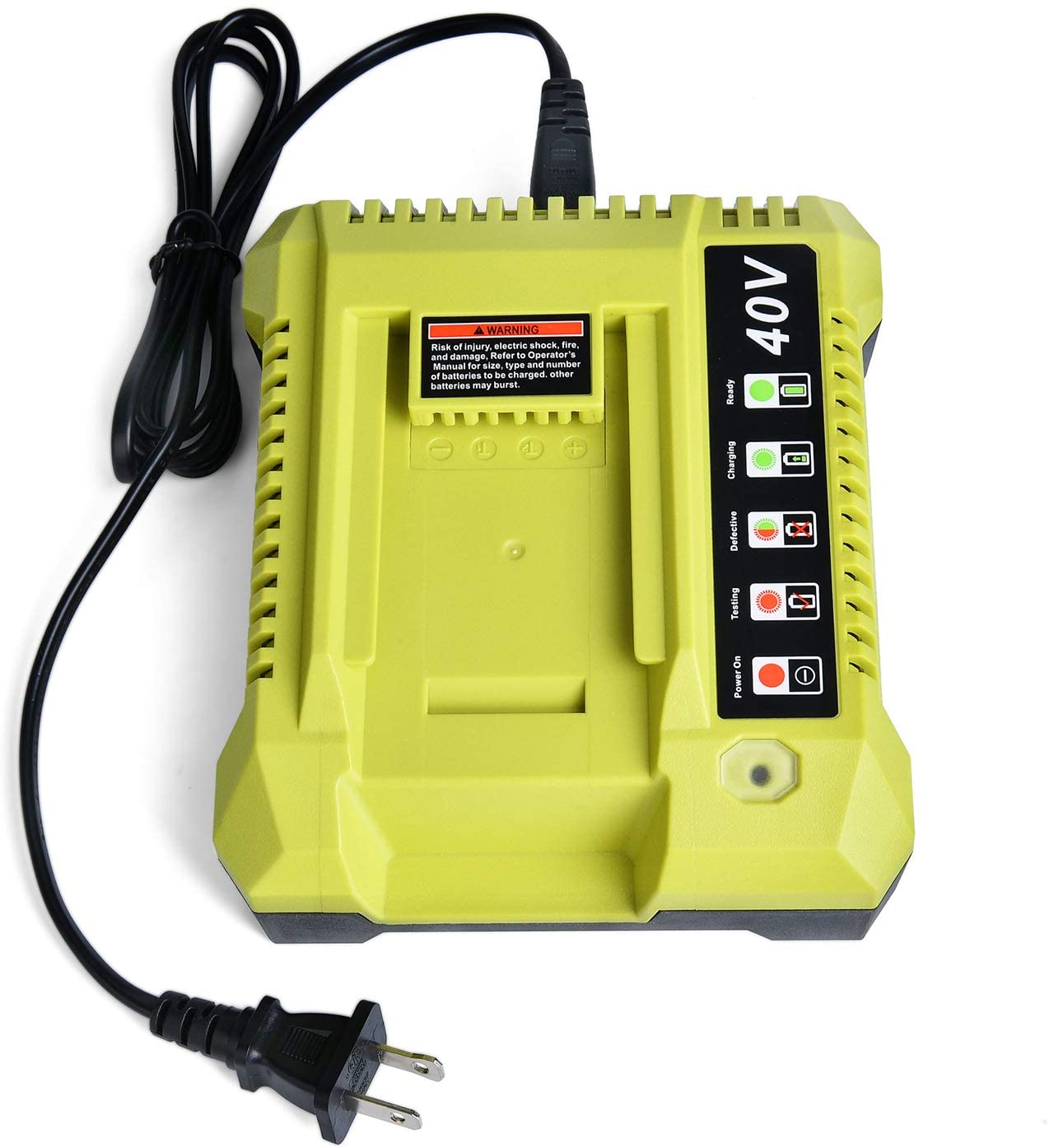
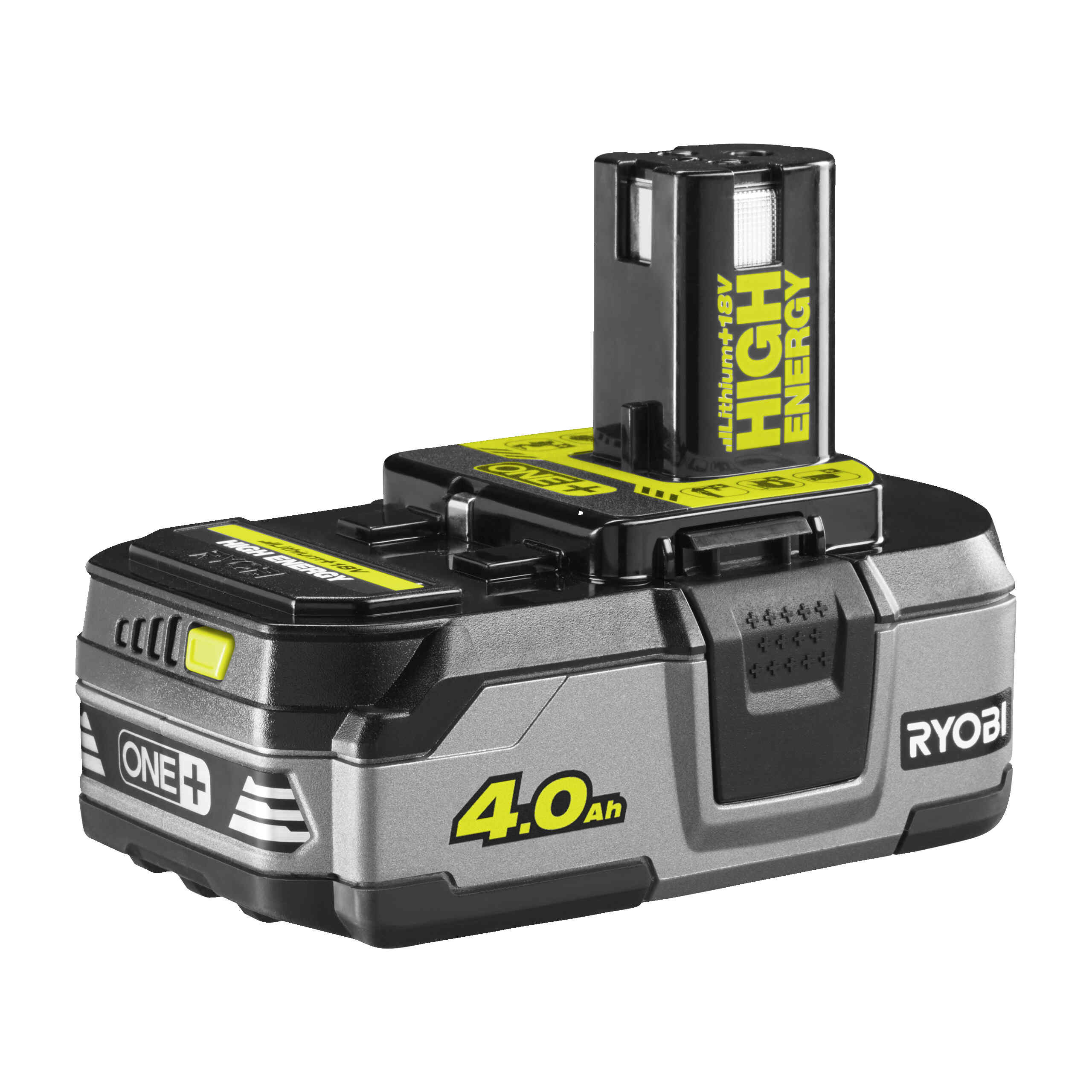
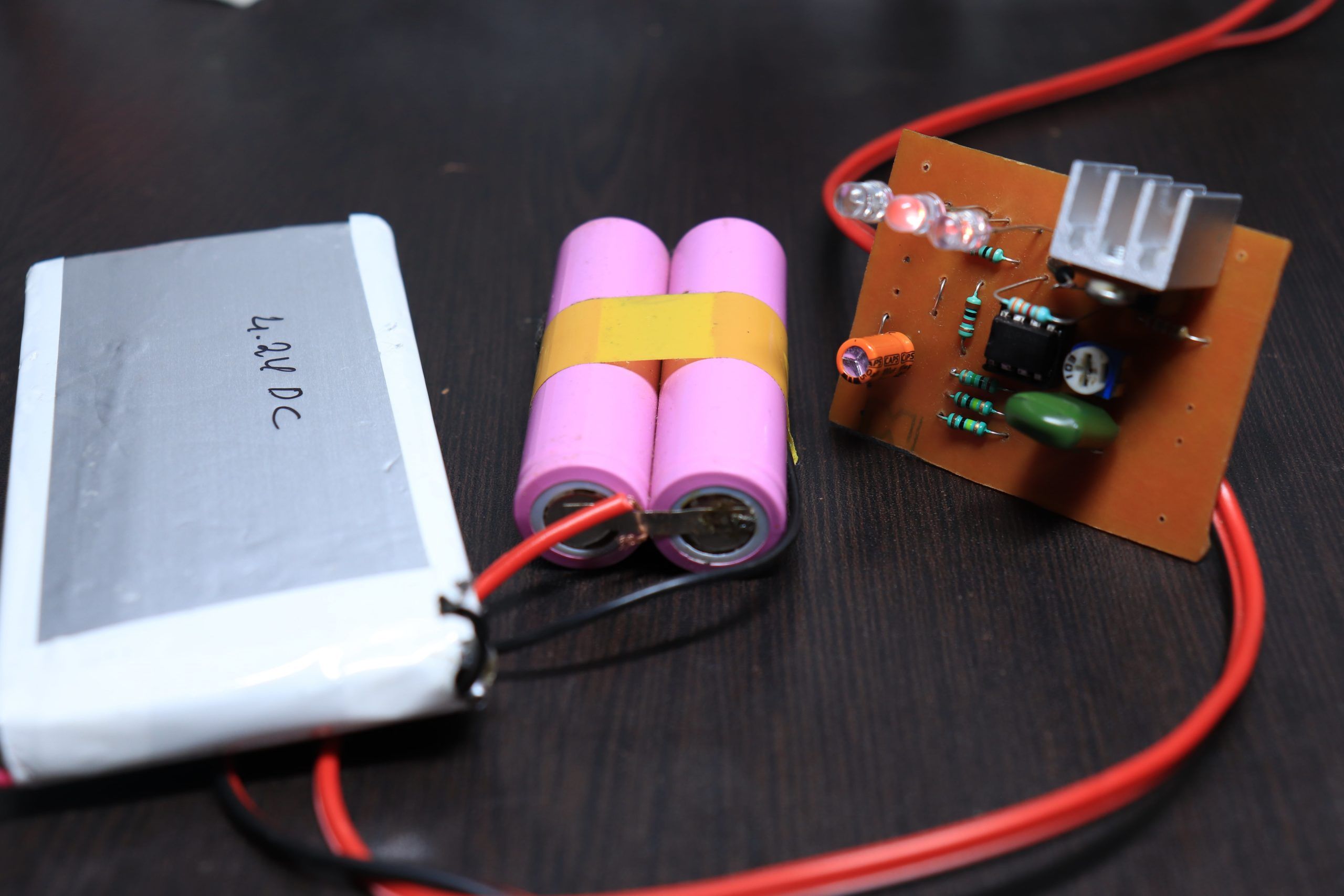
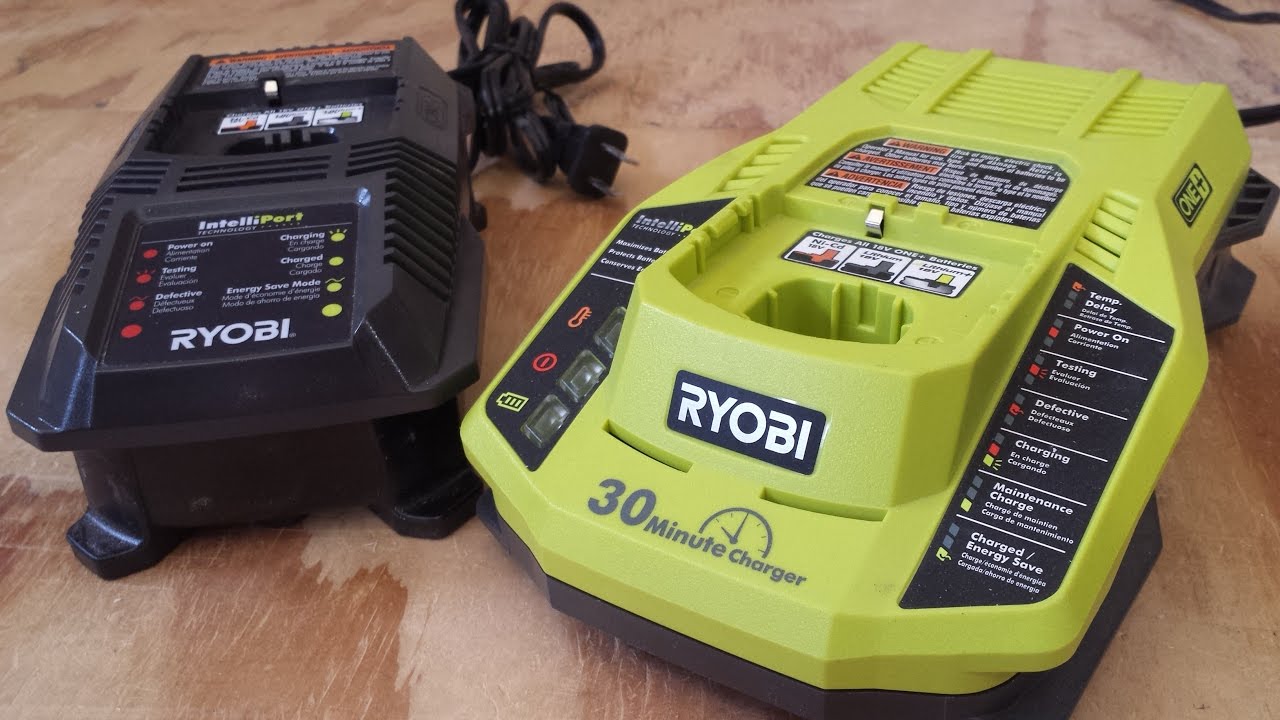
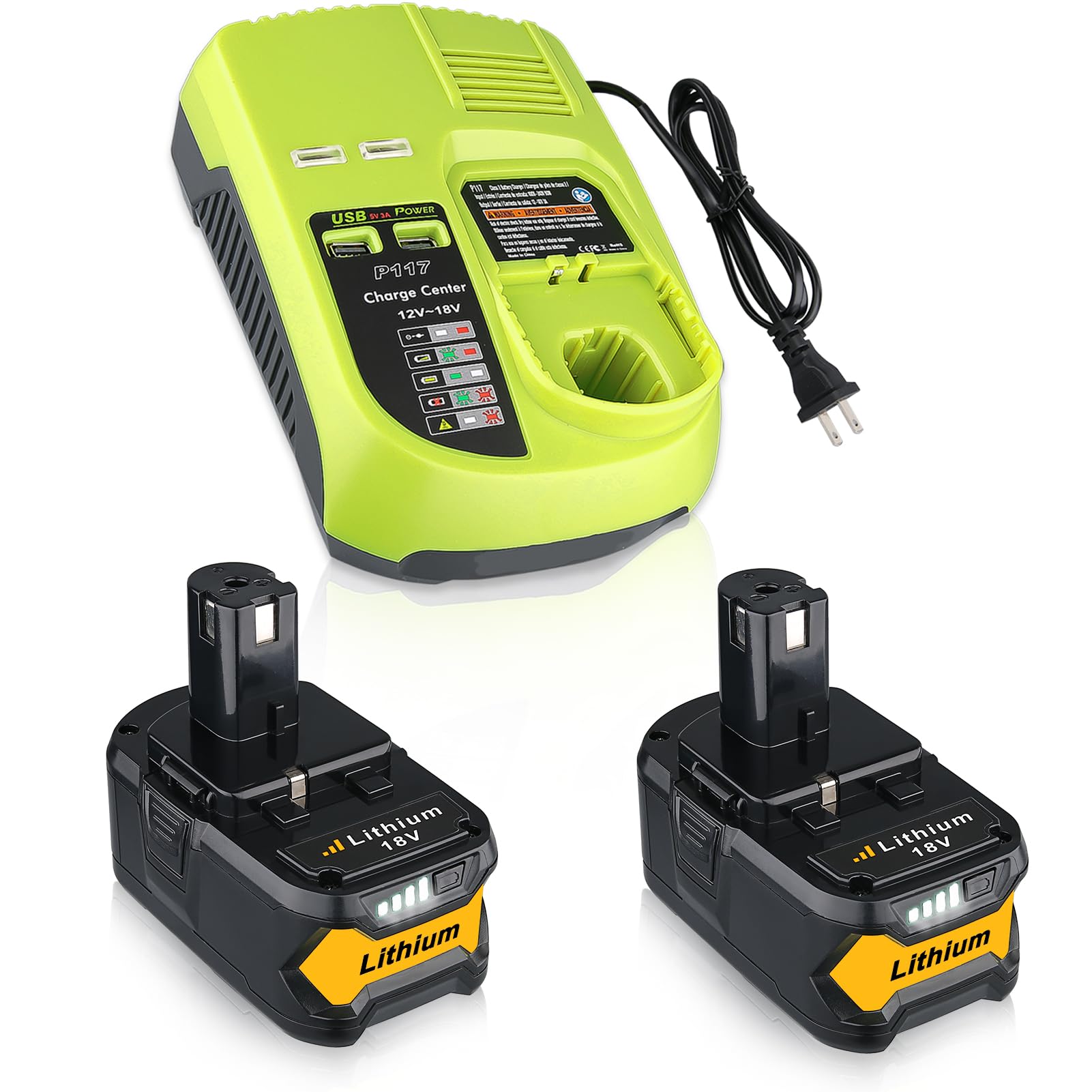
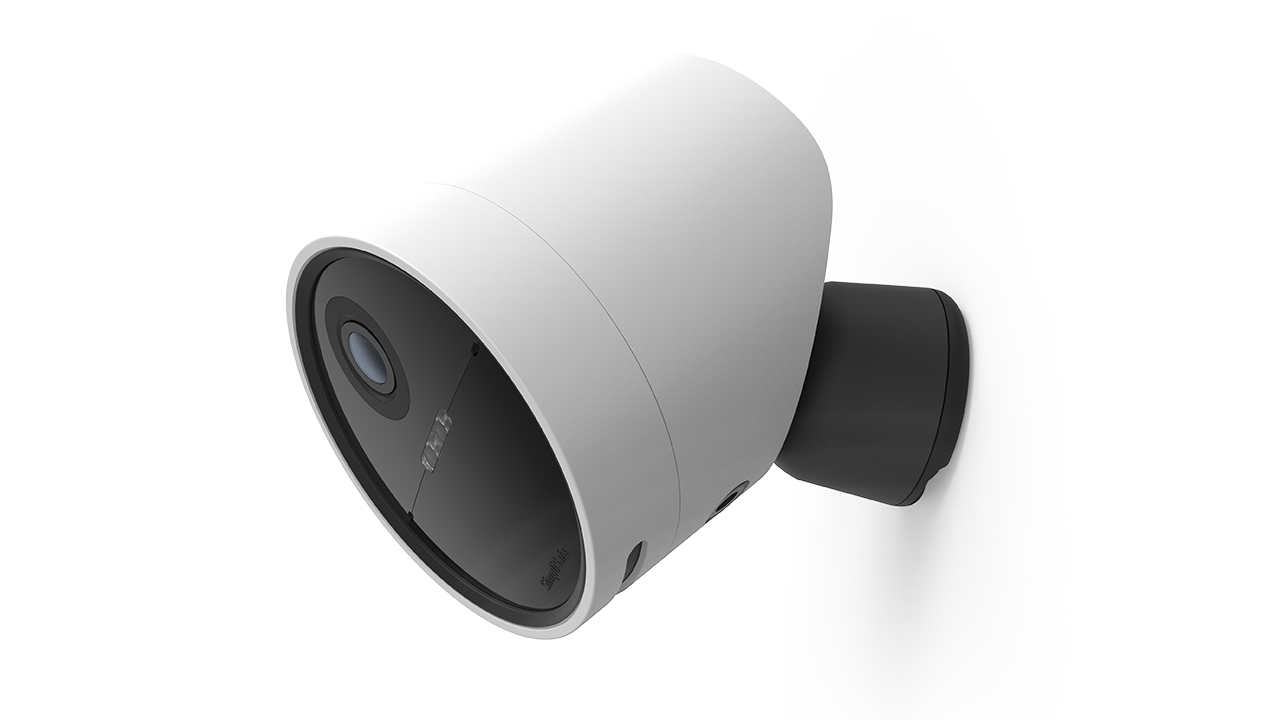
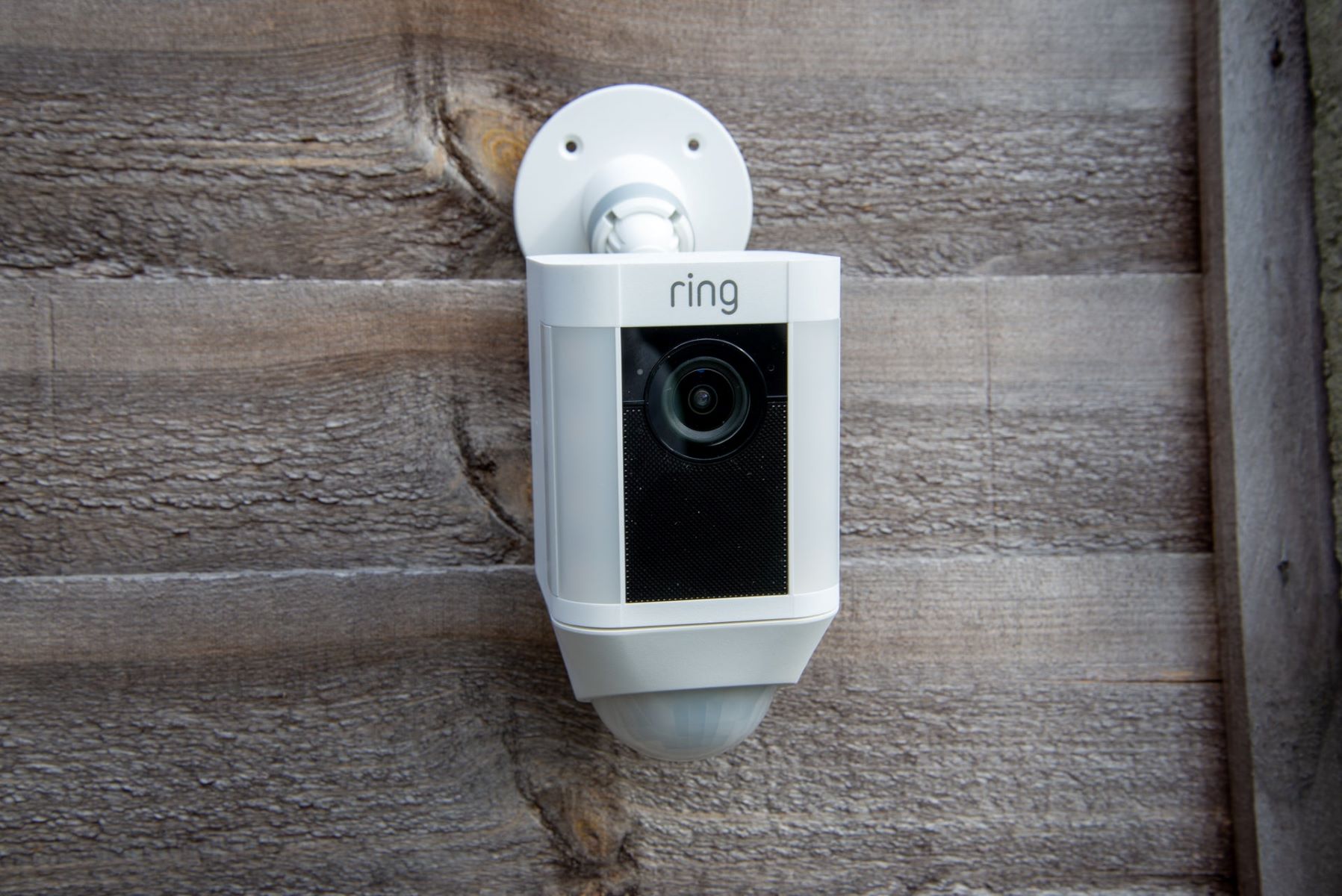

0 thoughts on “How Long To Charge A Lawnmower Battery”